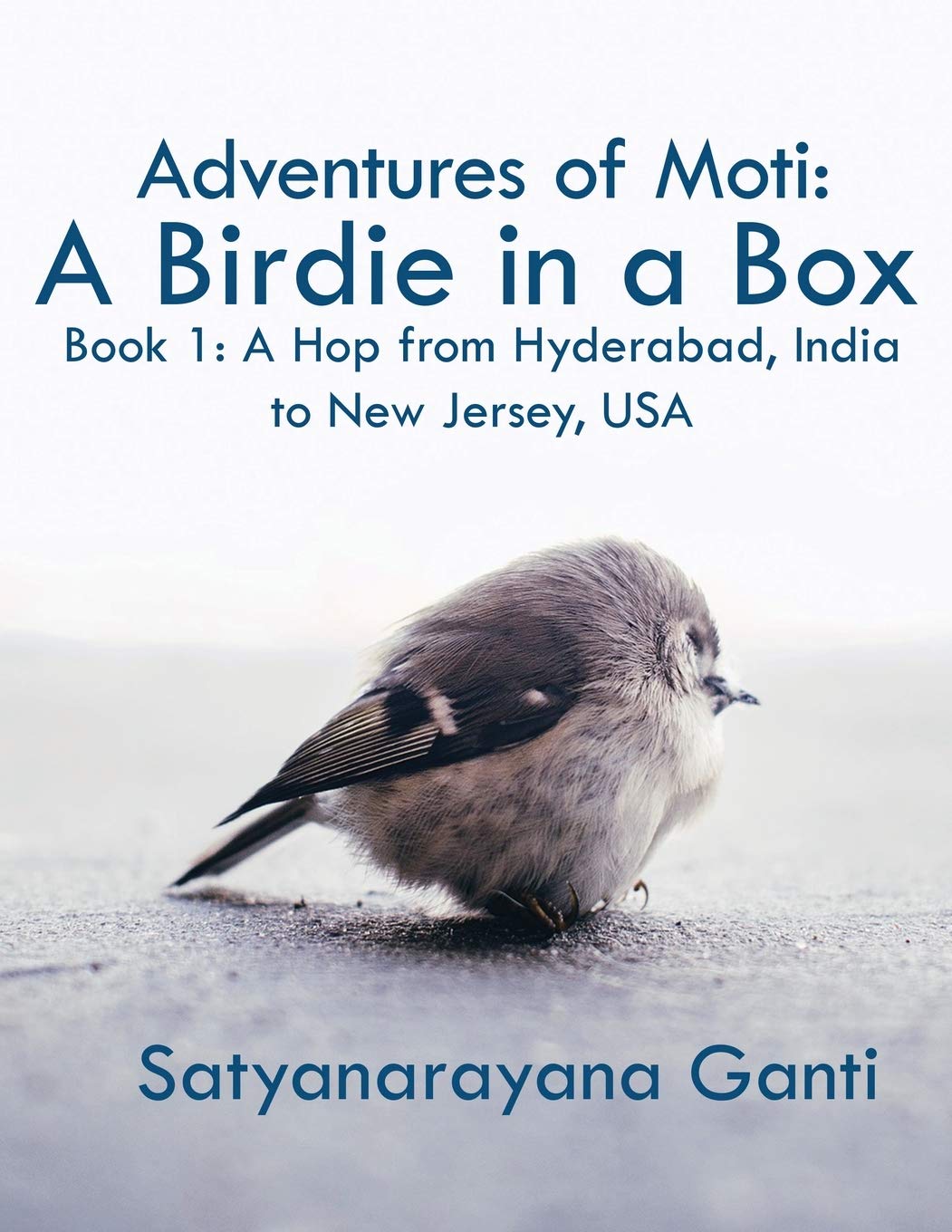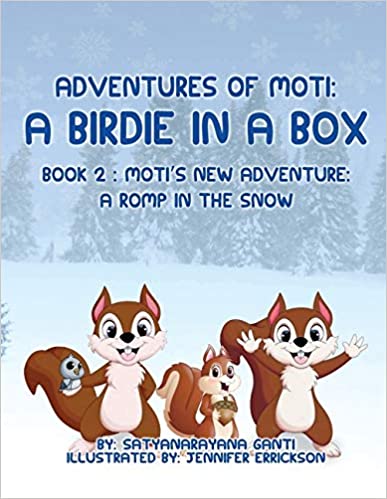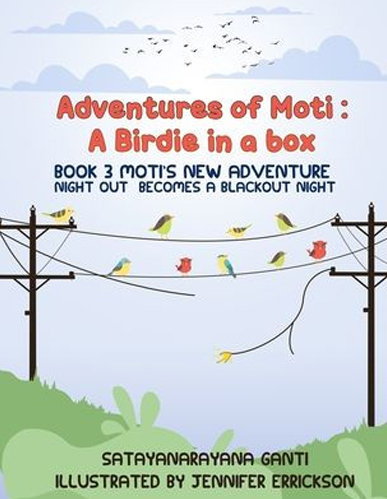 Made Proudly in the USA
Made Proudly in the USA 
 Made Proudly in the USA
Made Proudly in the USA 
Cleanup of an oil spill or fuel oil release needs to be cost-effective.
Sarva Bio Remed has been developing and manufacturing innovative oil remediation solutions over the past two decades. Our products have been acknowledged by state and federal regulatory agencies such as the US EPA, Florida DEP, Maryland DEP, and Virginia DEQ as an effective solution for treating petroleum contamination in commercial, residential, and industrial sites. Our customers in Europe can now order from http://www.spilltech.ie/shop in Ireland.
Gnanu co-founded the company with a mission to provide a cost-effective oil remediation solution. Gnanu is a serial entrepreneur building companies addressing hydro-carbon contamination.Gnanu has a Bachelor’s degree in Botany from Mumbai University.
Satya Ganti researched the impact of barnacles on ship hulls and sulfate-reducing bacteria on the life of bulk storage tanks on ships and tankers at Naval Material Research Laboratory, Mumbai, India, for more than 30 years. He has developed proprietary bioremediation products for the elimination of fuel oil fumes and for on-site remediation of fuel oil spills on soil and water. Another patent (No. 10,550,329 B2) on an “Energy efficient method for recovering oil from asphalt waste utilizing bioremediation” was issued on February 4, 2020. Satya has published more than 30 papers and filed 3 patents (see below). Satya Ganti has a Master’s degree in Biology from Mumbai University.
When he is not working, he likes to write children’s stories such as his recent publications, the “A Birdie in a Box” series.

This is the story of a chick of a sparrow family living on the roof inside the house in Hyderabad, India. The chick accidentally falls to the cement concrete floor and is dead. But, through a miracle, a Hindu Priest who was performing a special Pooja is able to bring the chick back to life. However, on another day, the chick again falls down hearing the loud noise of firecrackers. This time it falls into a box of pickles that were being exported to New Jersey. This is the first adventure of the birdie. However, the birdie is very young and has never gone out of the small nest inside the house and so begins to explore the new surroundings. The birdie also acquired the power to understand the spoken language of Hyderabad namely Telugu and she becomes friendly with a small girl and shares its story.

Moti, the birdie in the Box came to New Jersey, the USA in a box of pickles shipped from Hyderabad, India. She made a friendship with Panna a six-year baby in the house. Her presence was not known to anyone in the family as desired by Moti. She continued sleeping for 2 days due to jet lag. On Friday, she recovered from her jet lag and began to explore the house. The birdie was hungry and thirsty and was looking around. She entered into the garage and when she saw a red bench she perched on the same. It was the carriage rack of the car. The car began to go out of the garage and when it took a turn, the bird fell onto the fresh snow. Moti was helpless as she could not get out of the snow and there was no one to help her. She looked up and saw a group of hawks hovering above, ready to swoop down and make a meal. In particular, one vicious-looking hawk was getting closer and closer. Moti began to pray thinking this was her last day. Suddenly three chipmunks came rushing down the big tree and carried the almost unconscious Moti to their nest. Moti was thus saved by three chipmunks. Panna when she came from the school, became so upset that she lost her Moti in snow. She could not share her sorrow as no one in the house would believe her. Suddenly she saw three chipmunks coming over the snow to attack her. She was about to call her Mom when they left Moti at the foot of the steps and they ran away in fear, This is the story of the Second Adventure of the Birdie in the Box.

Moti had the harrowing experience after falling down in snow (Book 2). Moti was relaxing on the deck with Panna and Angel, the Chipmunk. Suddenly Angel became excited to see his old friend a fawn grazing in the backyard. Moti went with Angel and became friends with the fawn. The three came to meet Panna, Mani and their Mom. Mom saw the active Fawn and named her Chapal which translates to ‘Very Active’ a name everyone liked. Moti after asking Panna and Panna’s Mom went with Chapal, the fawn to their Deer park. She saw so many birds sitting on the distribution wire that had become icy and heavy. While Moti and Chapal were talking, there was a sudden flash and the cable snapped down. Chapal jumped in fear and ran straight towards an oncoming car. The flash of headlights blinded Chapal but Moti shouted to jump away from the car and saved the fawn. Moti saved Chapal and others during this night out that became a dark blackout night due to the power failure.